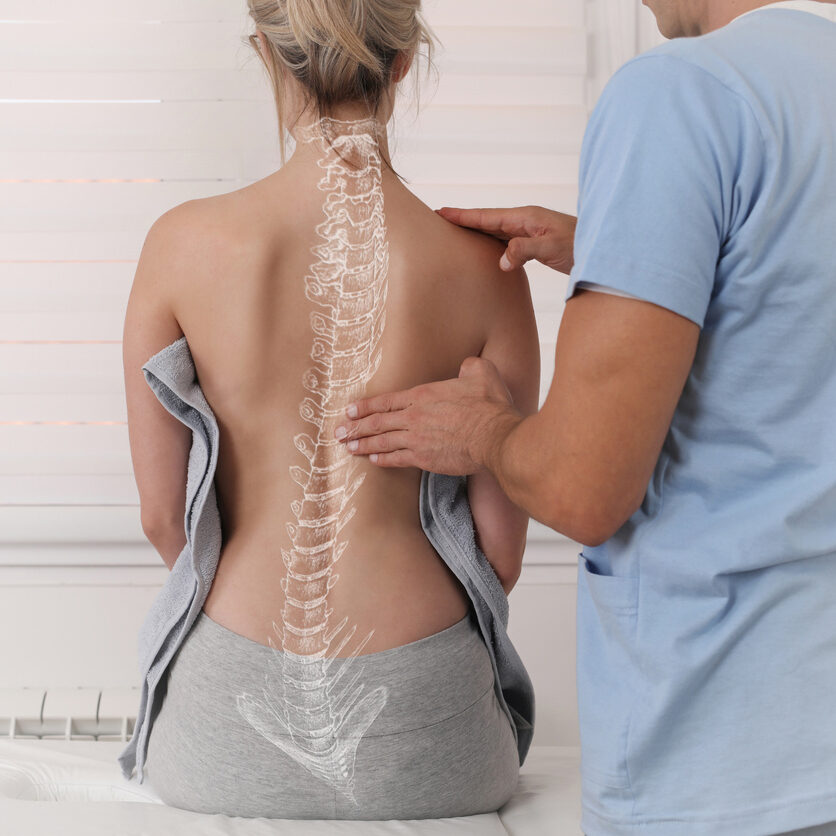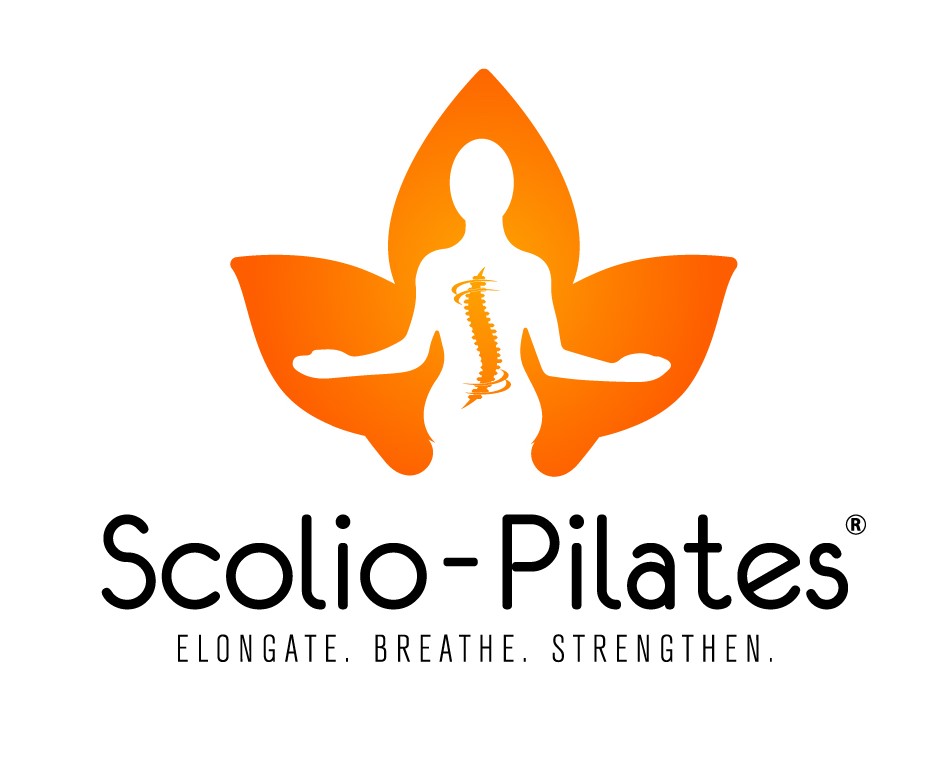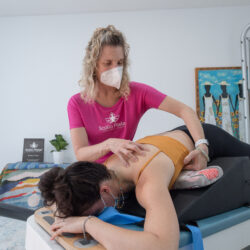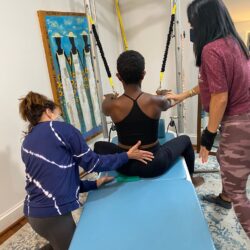
What is scoliosis?
It is a 3-dimensional curve of the spine in the shape of an “S” that rotates, side-bends, flexes and extends. It is common among children and adolescents, but it can also affect adults.
Does it affect my heart or breathing?
The degree of the curve has an impact on the heart and breathing. In milder curves, the heart and lungs are minimally impacted. In severe curves, the ribcage can compress on the heart and lungs, making it more difficult for both to expand fully, hindering breathing and heart filling.
I have been diagnosed with scoliosis; what should I do now?
After diagnosis, the treatment options vary depending on the degree of the curve. First, make sure to establish a relationship with a doctor for monitoring and guidance. If the curve is less than 35 degrees, it is generally monitored and observed over the years and considered stable after the child finishes puberty. This is a great time to strengthen and stabilize the spine because the earlier the detection, the greater the chance for change. Start with Daily Scoliosis Stretches to begin managing your scoliosis.
Will my scoliosis continue to progress?
If your curve is less than 30 degrees, the degree of progression is minimal. Curves greater than 30 degrees have the highest likelihood of progression. In adulthood, ages 60-70, degenerative scoliosis can develop. This can happen from lower bone density with conditions like osteoporosis or the normal aging process. The best way to prevent curve progression is to keep your body strong and start a scoliosis-specific exercise program like Scolio-Pilates, to maintain an optimally aligned posture.
How should I sleep?
For any spine, avoiding sleeping on your stomach is best. To breathe, you must turn your head a complete 90 degrees right or left. We want to minimize that excessive rotation as much as possible. Also, if we lie on our stomach, our spine falls into a little more extension adding a compressive force.
What is a Cobb Angle?
Cobb Angle is the degree of side-to-side spinal curvature. It describes the degree of deviation from straight at its maximal point. For scoliosis to be significant, the Cobb Angle has to be at least 10 degrees.
Are you ready to start today? Whether you are someone living with scoliosis or a professional helping those with scoliosis, join our Scolio-Pilates On Demand here. You will have two weeks of free scoliosis-specific exercises with a live class every Thursday at 3 pm ET (New York, USA) and access to over 100 classes. It’s time to take control. Be a Scolio-Mover!”
Are you a professional looking to serve those with scoliosis? Learn the steps towards becoming an Authorized Scolio-Pilates Practitioner.


